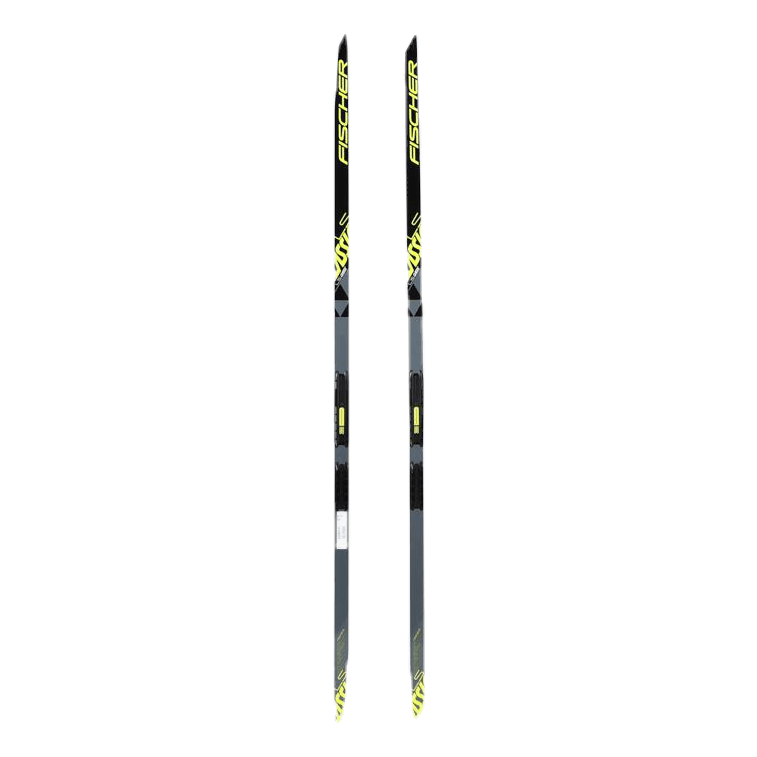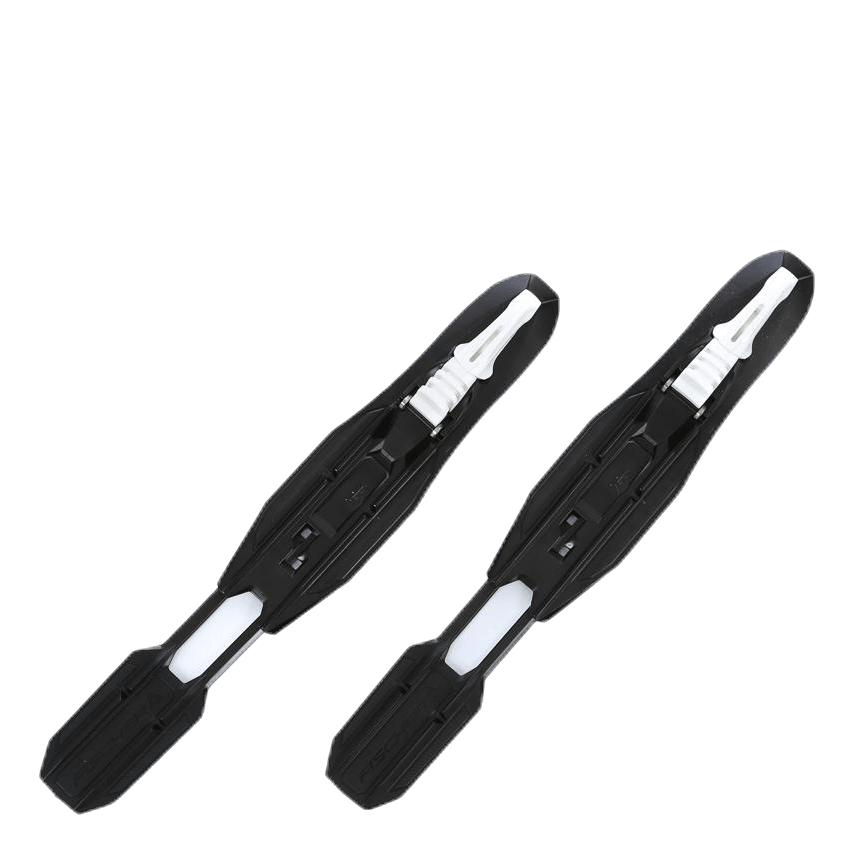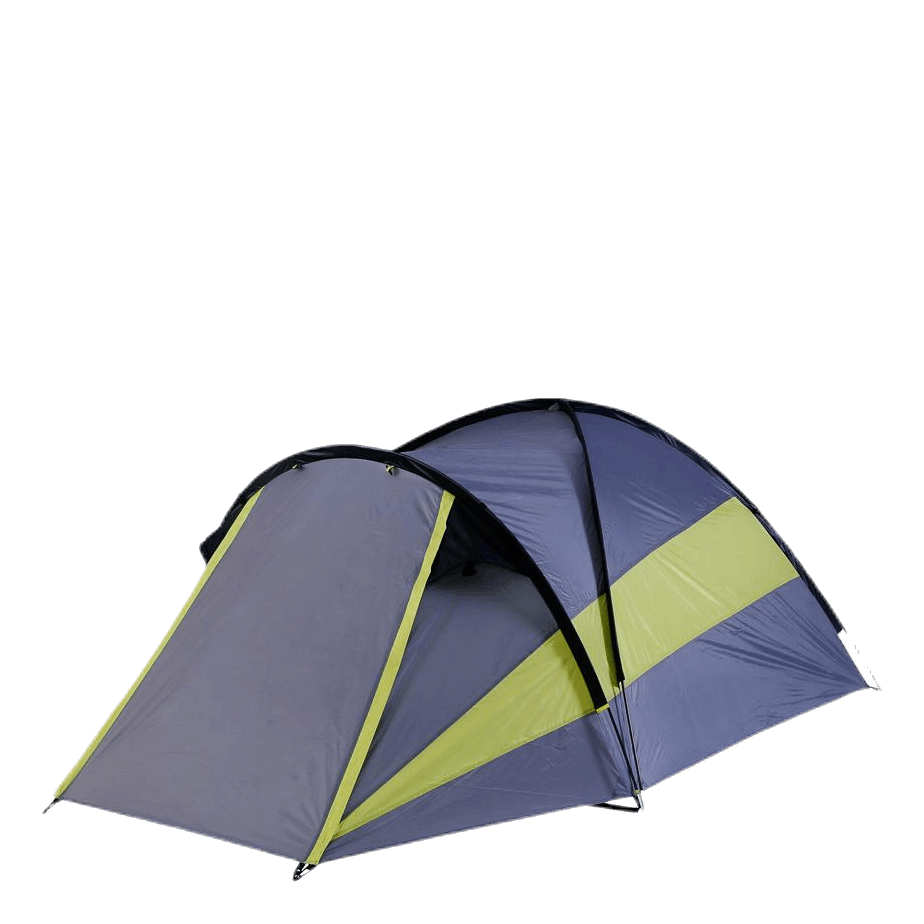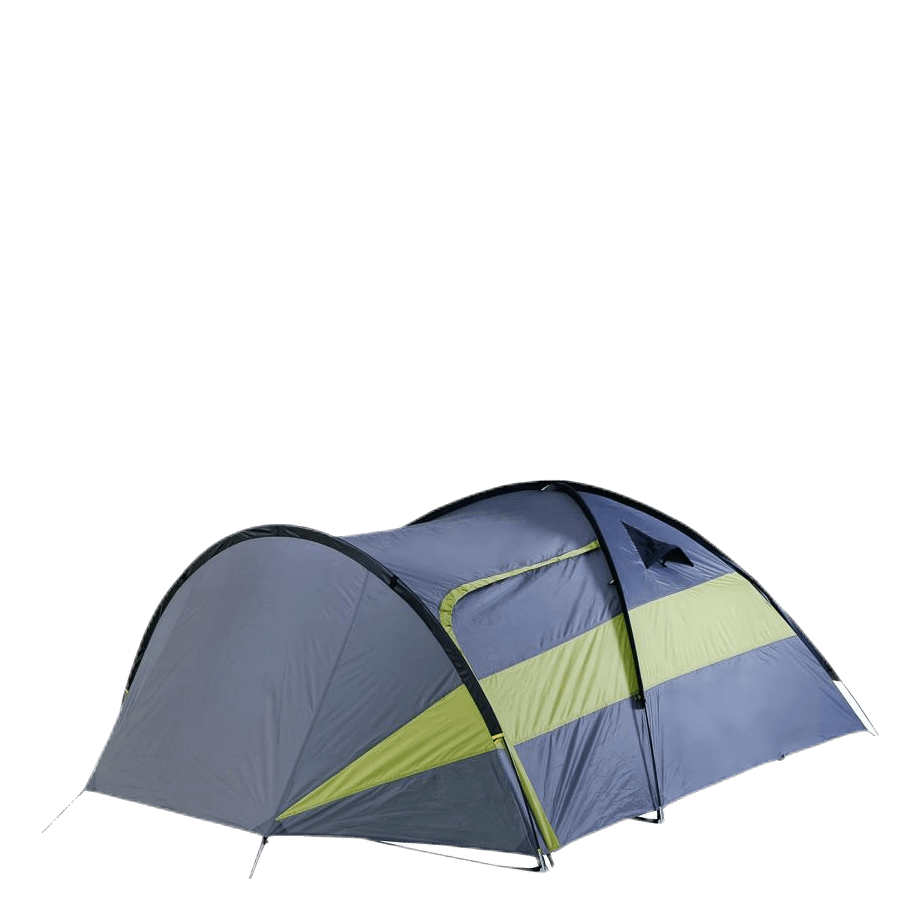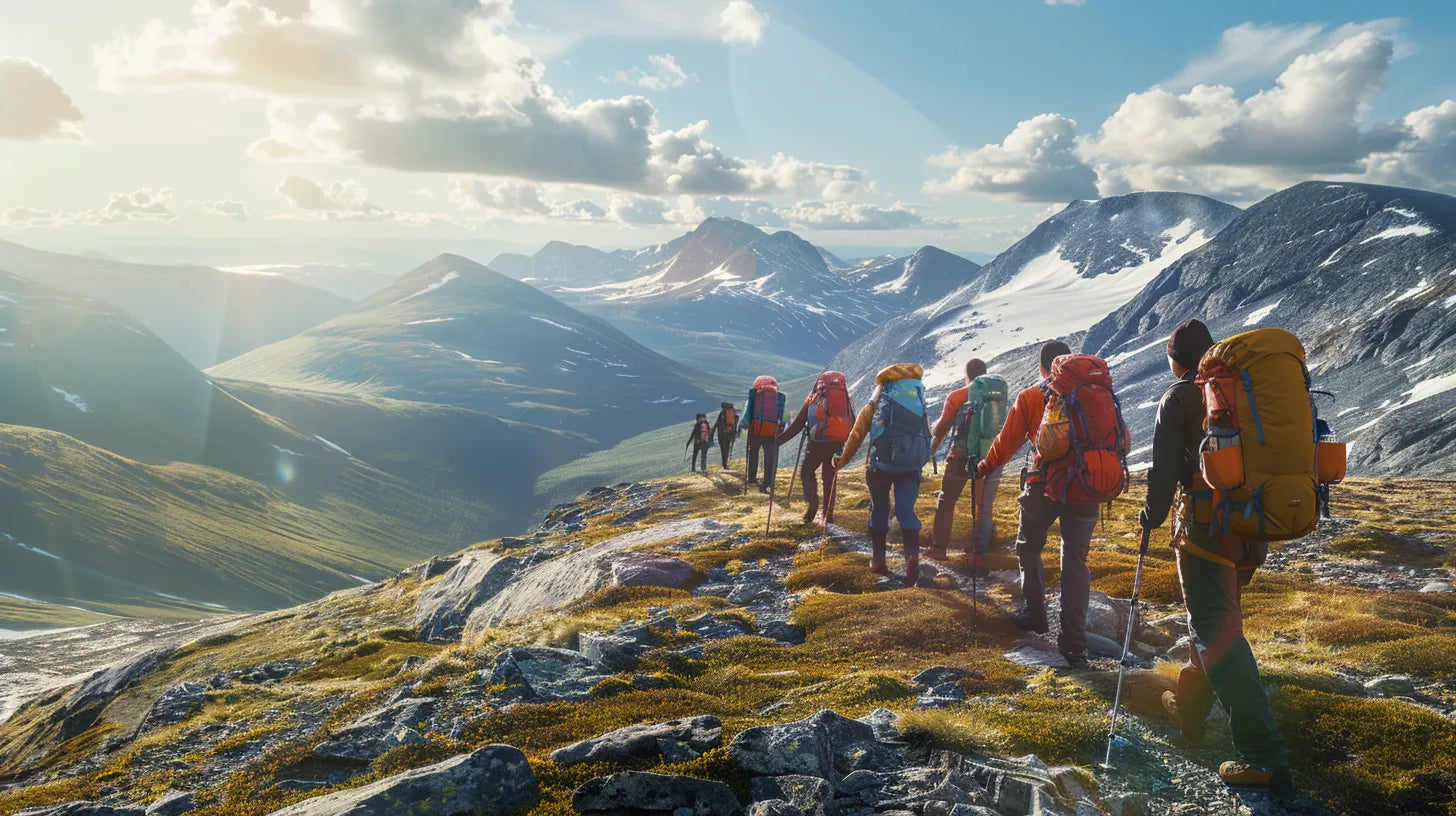
Hiking to Kebnekaise - Discover Sweden's Highest Mountain
Plan Your Hike to Kebnekaise
Hiking to Kebnekaise is an unforgettable experience that requires careful planning. Before you set off, it's important to have the right gear, knowledge of the area, and be physically prepared. Here are some things to consider:
- Choose the right time - the best period for hiking is from mid-June to mid-September
- Study maps and weather forecasts thoroughly
- Pack light but smart - bring essentials like warm clothing, rain gear, food, and a first aid kit
- Inform someone about your plans and expected return time
Choose the Right Gear for Your Hike
Having the right gear can make a big difference in your comfort and safety during the hike. Be sure to invest in quality products that can withstand the tough conditions of the mountains. Some essential items to bring:
- Sturdy and comfortable hiking boots with good grip
- Spacious backpack with rain cover
- Waterproof and weatherproof layered clothing
- Sleeping bag and sleeping pad suitable for low temperatures
- Tent or other overnight gear if you're not planning to stay in huts
- Map, compass, and GPS
Remember to pack light and smart. Every extra pound will make itself felt during long hiking days. Invest in multi-functional clothing and high-quality, lightweight gear.
Choose Your Route to Kebnekaise
There are several different routes to choose from when hiking to Kebnekaise. Which one suits you best depends on your experience, physical condition, and how much time you have.
The Western Trail from Nikkaluokta
This is the shortest and most popular route. From Nikkaluokta, it's about 19 km to the Kebnekaise Mountain Station. From there, it's another 9 km to the summit via the Western Trail. Expect 5-7 hours up and 3-5 hours down.
The Eastern Trail from Nikkaluokta
A slightly longer and more demanding route is the Eastern Trail from Nikkaluokta. It's about 24 km long and takes 7-9 hours. The advantage is that it's less crowded than the Western Trail.
From Abisko via Abiskojåkka Valley
For those who want a longer hike, the route from Abisko is a good option. Plan for 2-3 day stages and overnight stays in tents or huts along the way. A beautiful but demanding route for the experienced hiker.
Safety and Responsibility
Hiking in the mountains involves a great deal of responsibility. Conditions can quickly change from sunshine to snowstorms, and the terrain is demanding. Respect the weather, your own abilities, and the mighty power of nature.
Some safety tips:
- Always carry a first aid kit and a fully charged mobile phone (although coverage may be limited)
- Drink plenty of water and eat regularly to replenish your energy stores
- Take breaks and rest before you become completely exhausted
- Keep the group together and adjust your pace to the slowest member
- Turn back in time if the weather becomes too poor or if you're running out of energy
Enjoy the Mountain Experience
A hike to Kebnekaise is so much more than just reaching the summit. It's an opportunity to immerse yourself in majestic and untouched natural environments, breathe fresh mountain air, and challenge yourself physically and mentally. Take the time to enjoy the views, the silence, and the camaraderie with your hiking companions.
With proper preparation, gear, and mindset, the hike to Kebnekaise will undoubtedly be a memory for life. The mountains have a magical allure that draws many back time and again for new adventures. Perhaps it's time for you to discover the charm of hiking in Sweden's highest mountain?




